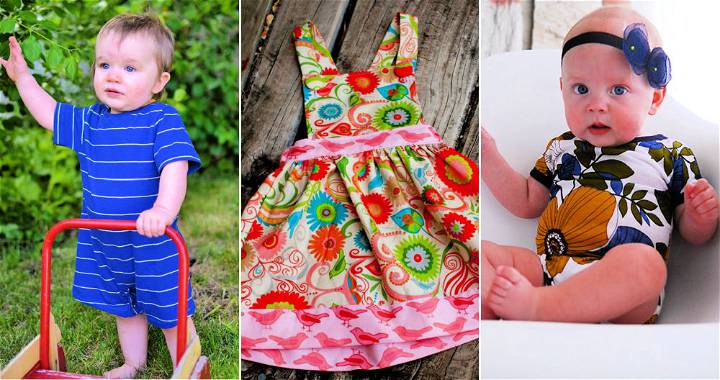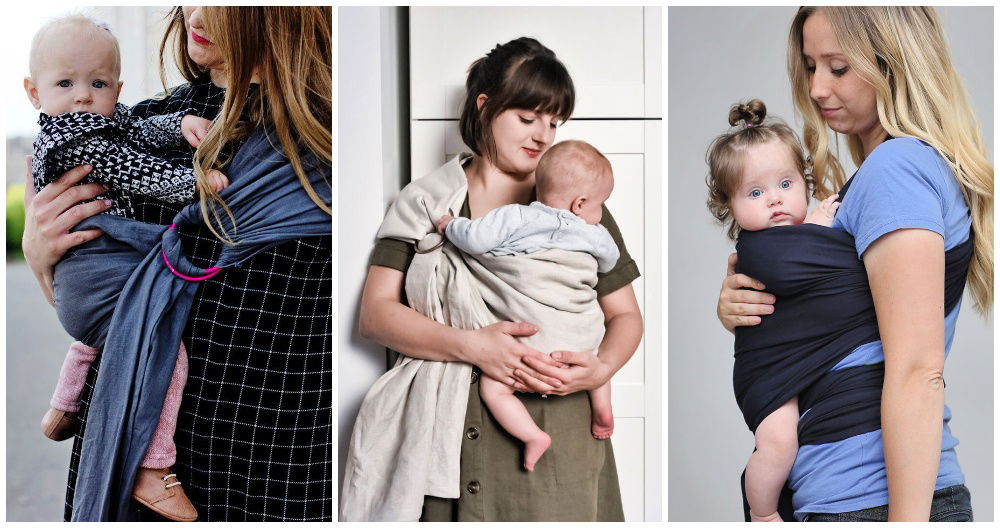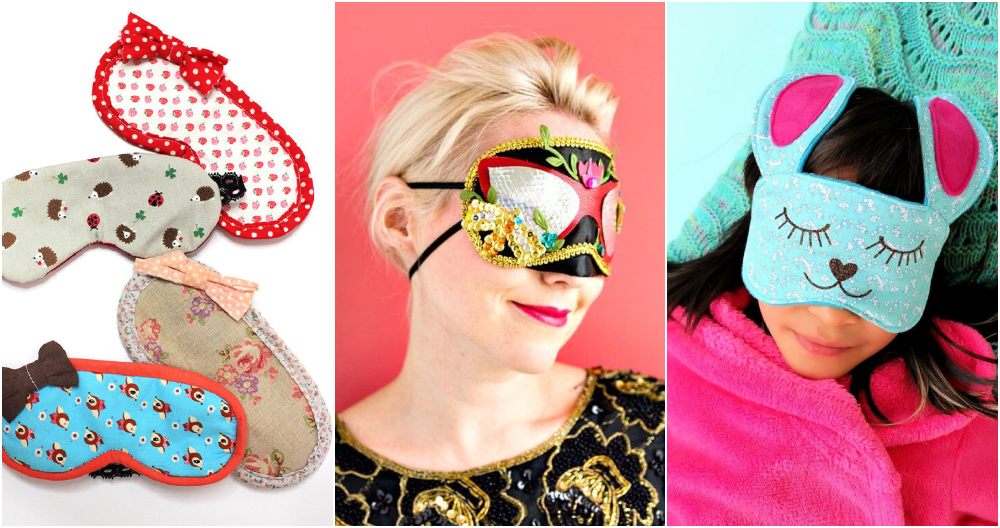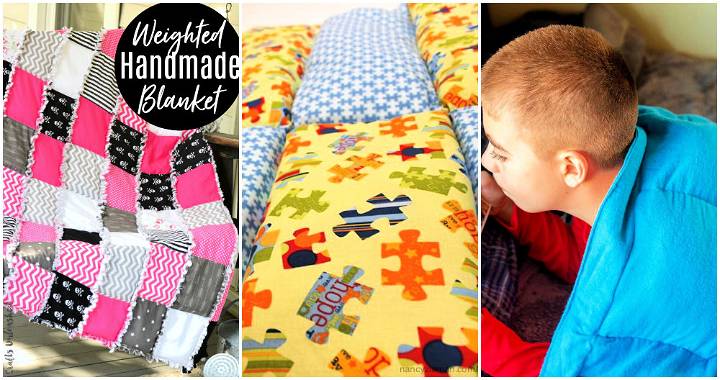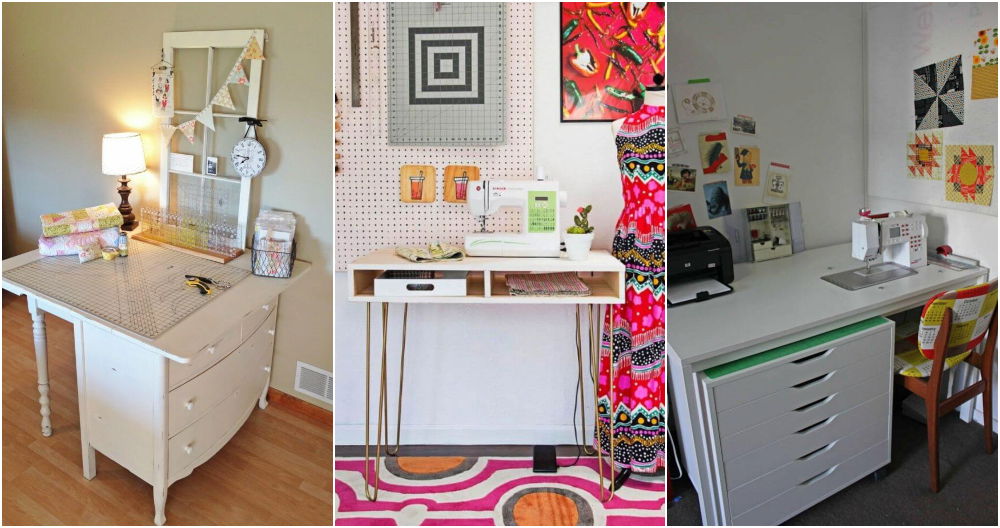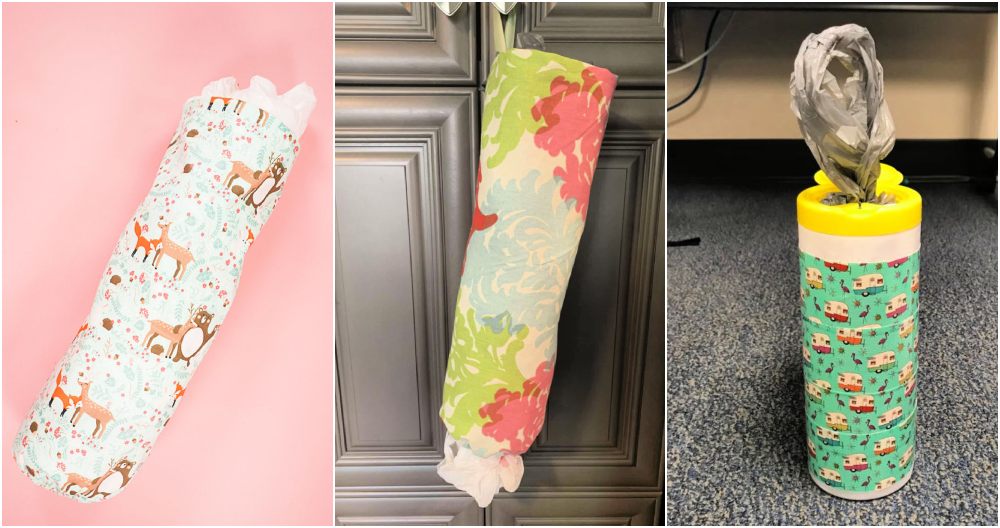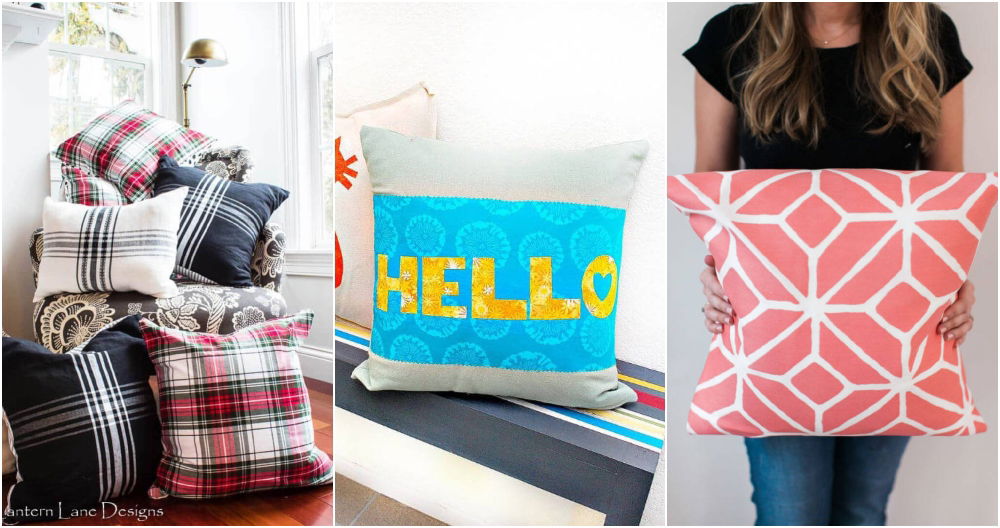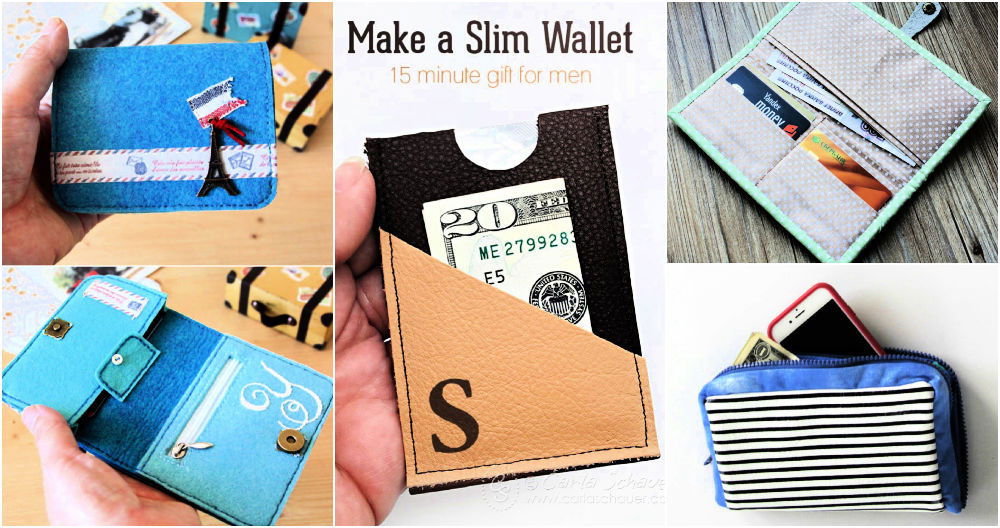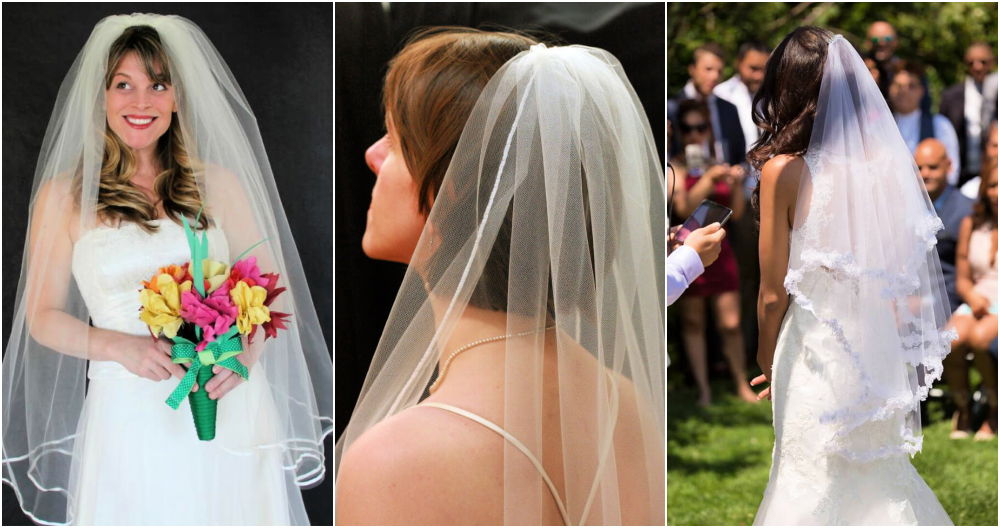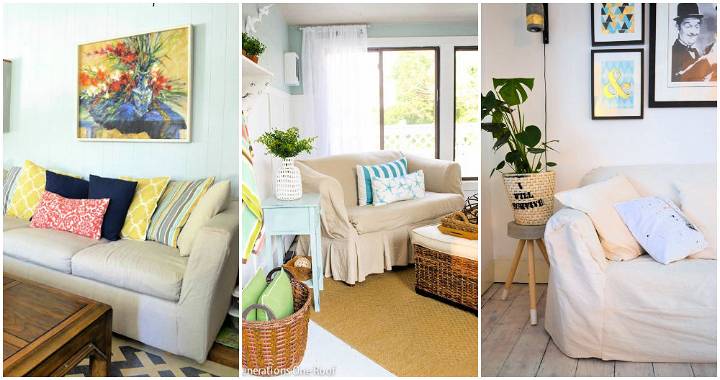Making your own DIY dress form can be a rewarding project, giving you a custom fit that's hard to achieve with off-the-shelf products. This guide walks you through 20 DIY dress form patterns, offering a way to make a dress form that truly fits your unique shape and size. From selecting the right materials to the final assembly, each step is designed to help crafters build a personalized tool that enhances their sewing projects.
Understanding why and how to make a custom dress form is essential for those looking to tailor their clothing with precision. This section breaks down the process into manageable steps - getting started, selecting materials, assembling the dress form, and the final touches, including a helpful video tutorial. By the end, you'll have the knowledge to craft a dress form suited to your measurements, paving the way for better-fitting garments. Stay tuned for a deep dive into making DIY dress form patterns that cater to your sewing needs.
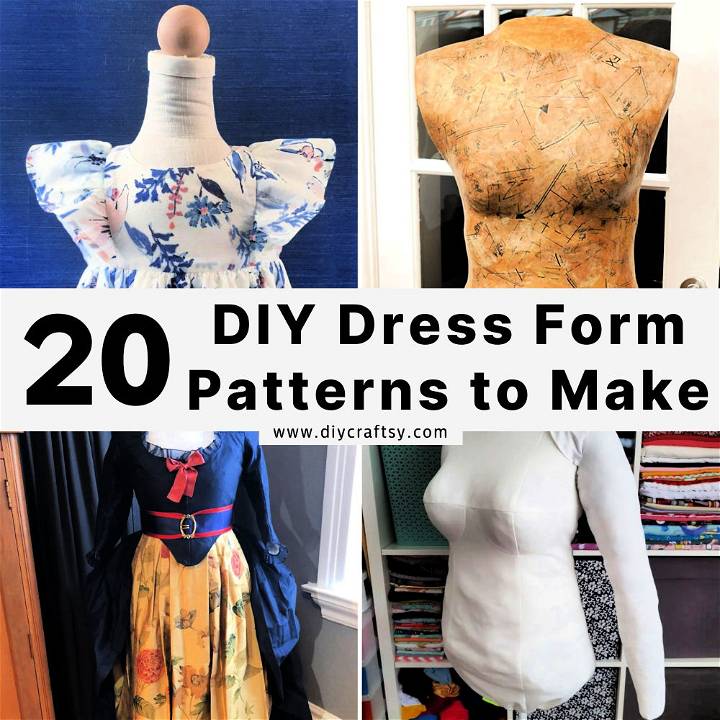
Why Make Your Own Dress Form?
Making your own dress form offers a multitude of benefits that cater to your unique sewing needs. Here's a concise breakdown:
- Custom Fit: Unlike store-bought mannequins, a DIY dress form matches your exact body measurements. This precision ensures that garments fit perfectly, eliminating guesswork and constant adjustments.
- Cost-Effective: Crafting your dress form can be significantly cheaper than purchasing a professional one. With some creativity and basic materials, you can make a high-quality form on a budget.
- Learning Opportunity: The process of making a dress form teaches valuable skills such as measuring accurately, working with different materials, and problem-solving. These skills are transferable to other sewing projects.
- Personalization: Beyond just sizing, you can customize your dress form in ways commercial options don't allow. Whether it's adjusting for posture, adding specific body features, or even choosing the form's aesthetics, the result is truly yours.
- Convenience: Having a dress form that mirrors your body shape makes sewing, fitting, and draping far more convenient and enjoyable. It acts as a constant, reliable fitting companion.
- Creativity Boost: A custom dress form can inspire you to tackle projects you might have avoided due to fitting concerns. It opens up new avenues for creative expression in your sewing practice.
Making your own dress form is a worthwhile investment of your time and resources. It enhances your sewing experience, ensuring that the clothes you build are not just made by you but made for you.
How to Make a Dress Form
Making a custom-fit pinnable dress form doesn't have to be overly expensive or complex. With a detailed approach and the right materials, you can craft a tailor-made dress form for about $40. This step-by-step guide will walk you through the process from start to finish, ensuring a functional and cost-effective solution for your sewing projects.
Getting Started
- Obtain a Customized Pattern: Start by purchasing a customized dress form pattern that fits your measurements. Websites like Boot Strap Fashion offer a variety of patterns. Input your measurements accurately, whether in centimeters or inches, and select your preferred file format for the pattern (PDF or AutoCAD).
- Print and Prepare the Pattern: After receiving your pattern, print it out and assemble the pages by trimming the borders and taping them together. Cut out the pattern pieces carefully.
Selecting Your Materials
You'll need three types of fabric:
- Outer Fashion Fabric: Choose a medium-weight, woven, non-stretch fabric. Muslin works well.
- Fusible Interfacing: This goes under the fashion fabric for added reinforcement.
- Inner Support Fabric: Opt for a rigid and heavyweight fabric, like starched linen, for internal support.
Additionally, prepare some cardboard for extra support around the armholes and base.
Assembling the Dress Form
- Prepare the Fabric: Iron the fusible interfacing onto your fashion fabric. Then, fold the fabric in half, trace the pattern pieces, and don't forget to include seam allowances if they're not part of your pattern.
- Cut and Assemble: Cut out all fabric pieces, including the interfacing and inner support pieces. Pin and stitch the fabric pieces according to the pattern's instructions, ensuring all curves and notches align properly.
- Add Reinforcements: Utilize cardboard cutouts for additional structure in areas like the armholes and base. These should be fitted and sewn into place within the fabric layers.
- Stitching It Together: Sew the main body pieces together, leaving the back open for now. This includes attaching the cups, fronts, and reinforcing the seams with extra stitching or zigzag stitches for durability.
- Adding the Inner Support: Construct the inner support structure from your heavyweight fabric, following the pattern's guidance. This includes making a sleeve for a central support tube and attaching the front and back pieces to prevent warping during stuffing.
Final Steps
- Prepare for Stuffing: Turn the dress form cover right side out. Insert a neck filling made from sponge or similar material to the desired height.
- Stuffing the Form: Gradually fill the form with batting or fiberfill, starting from the bottom up. Use a tube to help distribute the material evenly. Consistently check the dress form's measurements against your own to ensure accuracy.
- Sealing the Base: Once the stuffing is complete, secure the base with a cardboard support. Glue the fringe of the pipe sleeve to the cardboard to keep everything in place.
- Mounting: Place your finished dress form on a stand. This could be a coat rack, a tripod stand, or any sturdy support. Consider adding a C clamp for adjustable height.
Congratulations! You've just buildd a custom-fit dress form for a fraction of the cost of a professional model. This dress form is not only budget-friendly but also tailored specifically to your measurements, making it perfect for custom sewing projects.
Video Tutorial
For a step-by-step video tutorial on making a custom-fit pinnable dress form, watch this YouTube video: Custom-Fit Dress Form Tutorial.
It pairs well with this written guide, bringing the process to life with visual examples and demonstrating techniques in an easy-to-understand manner.
Whether you're venturing into historical costume reconstruction or just in need of a perfect fit for your sewing projects, crafting your custom dress form is a rewarding and practical solution.
Fitting and Customization
Making a DIY dress form offers a unique opportunity to have a mannequin that matches your exact body measurements. But what happens after the basic form is completed, and you need it to be even more personalized? Here’s how you can make minor adjustments, customize for specific postures, and create a practical cover for your DIY dress form.
Adding a Neck and Arms
After constructing your dress form, you might realize the need for a neck and arms for certain garments. Here’s a simplified approach to add these features:
- Neck: Use foam or a soft, flexible material that can be easily shaped. Measure the circumference of the neck area on your dress form and cut the foam to match these dimensions. Attach it to the top of the dress form using strong adhesive or pins for a detachable option. For a more detailed neck, fabric can be molded and stitched to resemble the texture and shape of a human neck.
- Arms: Flexible foam or wire mesh can be shaped into arms. Measure your arm length and circumference to create accurate arm dimensions. Attach the arms at the shoulders with screws for a permanent solution or Velcro strips for a detachable option. Cover the arms with fabric that matches your dress form for a cohesive look.
Adjusting for Specific Postures
Adjusting your dress form to mimic specific postural issues can significantly improve the fitting of custom-made garments. Here’s how to adjust for common issues:
- Kyphosis (Curvature of the Upper Back): Add padding to the upper back area of your dress form to mimic this curvature. Use materials like foam or batting that can be easily shaped and secured with pins or adhesive.
- Scoliosis (Lateral Spinal Curvature): This requires more precise adjustments. Observe the specific curve pattern and replicate it by adding or removing material (like foam) along the spine of the dress form. Secure the adjustments and cover with a tight fabric to maintain the shape.
Making a Cover
A cover for your dress form can make pinning and draping fabric much easier. Here’s a straightforward method to create a cover:
- Choose Your Fabric: Muslin is ideal for a non-stretch cover, while spandex or a similar stretchy fabric is perfect for a snug fit.
- Measure and Cut: Lay your fabric over the dress form and mark the areas that need to be covered. Cut the fabric with extra space for seam allowances.
- Sew the Cover: Start sewing from the larger parts to the smaller ones, adjusting the fit as you go. Ensure the cover is snug but not overstretched.
- Finish: Once the cover fits perfectly, trim any excess fabric and finish the edges to prevent fraying. Add closures like zippers or Velcro at the back for easy removal.
By following these steps, you can effectively add a neck and arms, adjust for specific postural issues, and create a cover for your DIY dress form. These customizations will enhance the functionality of your dress form, making it an invaluable tool for your sewing projects.
Advanced Techniques
Learn advanced techniques for making your own DIY dress form, including making a collapsible design for easy storage, making a dress form based on someone else's measurements, and using papier-mâché over duct tape for a smoother finish. Perfect for sewing enthusiasts and fashion designers.
Making a Collapsible Dress Form for Easy Storage
Ease of Storage: One of the main challenges with DIY dress forms is their bulky nature, making storage difficult. A collapsible dress form is an innovative solution, offering the practicality of a custom fit with the convenience of easy storage.
How to Make:
- Start with a PVC frame: Construct a lightweight PVC pipe skeleton that matches your measurements. The key is to include joints that can be easily assembled and disassembled.
- Cover with flexible material: Use a flexible material such as foam or a thick fabric to cover the frame. Attach it in a way that allows you to remove or fold the material when collapsing the form.
- Design for disassembly: Ensure all parts can be quickly taken apart. Use screws or detachable joints for the PVC frame.
Making a Dress Form from Someone Else's Measurements
Accuracy is Key: Making a dress form based on someone else's measurements requires precision. This is particularly useful for tailors or those making garments for others.
Steps to Follow:
- Collect accurate measurements: Bust, waist, hip, shoulder width, and torso length are critical. Use a measurement chart for guidance.
- Adjust the frame accordingly: If using an adjustable dress form, set it to these measurements. For a DIY form, tailor the materials to fit these dimensions.
- Use padding for nuances: To mimic the person's body shape accurately, use padding in areas that need more volume.
Using Papier-Mâché Techniques for a Smoother Look
Traditional Feel with a DIY Twist: Papier-mâché offers a smooth, pinable surface for your dress form, mimicking the traditional forms but at a fraction of the cost.
Crafting Your Form:
- Prepare the base: Use a duct tape dummy as a base or create a form with wire mesh.
- Apply papier-mâché: Tear newspaper or use tissue paper and adhere it with a mixture of glue and water. Apply several layers until you achieve the desired thickness.
- Smooth and finish: Once dry, sand the surface for smoothness. Seal with a layer of glue or use a fabric cover for a more professional look.
With these methods, you can achieve a functional, storage-friendly, and aesthetically pleasing dress form tailored to your specific needs.
Long-Term Use and Maintenance of Your DIY Dress Form
Creating a DIY dress form is a clever and cost-effective solution for your sewing projects. However, ensuring its longevity requires proper maintenance and care. Here are some practical tips for patching, re-stuffing, and storing your dress form to keep it in top shape for years to come.
Patching Holes and Worn Areas on the Duct Tape
- Detect Early Signs of Wear: Regularly inspect your dress form for any signs of wear or small holes starting to form. Early detection makes patching easier and prevents further damage.
- Use Matching Duct Tape: Always have spare duct tape that matches the original color and quality used to make your dress form. This ensures that the patches blend in seamlessly.
- Clean the Area: Before patching, clean the surface around the hole gently with a slightly damp cloth to ensure the tape sticks properly.
- Apply the Patch: Cut a piece of duct tape slightly larger than the hole or worn area. Smooth it over the defect carefully, avoiding wrinkles or bubbles for a seamless repair.
Re-stuffing If the Form Loses Its Shape Over Time
- Assess the Damage: Determine whether the shape issue is due to compression or material shifting inside. Knowing this will guide your re-stuffing approach.
- Choose the Right Material: Use the same stuffing material as initially used (e.g., polyester filling, foam) for consistency in firmness and shape.
- Access Points: If your form was designed with a removable section or has an opening, use this to add or adjust the stuffing. If not, you might need to carefully create a small incision in an inconspicuous area.
- Evenly Distribute the Stuffing: Use a dowel or a long spoon to help evenly distribute the stuffing inside the form, especially in hard-to-reach areas. This ensures a smooth surface without lumps.
Proper Storage of Your Dress Form to Prevent Damage
- Avoid Direct Sunlight: Store your dress form in a place where it's not exposed to direct sunlight, as this can degrade the duct tape and material over time.
- Keep It Dry: Ensure the storage area is dry to prevent mold or mildew from forming on your dress form, especially if it’s stuffed with materials that can absorb moisture.
- Hang or Stand Securely: If possible, hang your dress form on a sturdy dress form stand or securely position it on a base to prevent it from falling over and getting damaged.
- Cover to Protect: Consider covering your dress form with a clean cloth or garment bag to protect it from dust and accidental spills.
By following these maintenance tips, your DIY dress form can remain a reliable and indispensable tool in your sewing projects for years to come. Proper care not only extends its life but also ensures it remains accurate for fitting and displaying your creations.
FAQs on DIY Dress Form
Making a DIY dress form is a rewarding project that enhances your sewing experience. To help you along, we've compiled a list of frequently asked questions to guide you through the process.
What materials do I need to make a DIY dress form?
The materials can vary based on the method you choose, but generally, you will need:
- Duct tape or papier-mâché for the body casting
- An old t-shirt or plastic wrap for body protection
- Cardboard for the base and neck cap
- Batting or fiberfill for stuffing
- A stand, like a wooden dowel and base or an adjustable tripod
Can I make a dress form that fits my exact measurements?
Yes, one of the primary advantages of making your own dress form is the ability to customize it to your exact body measurements. This ensures a perfect fit for your sewing projects.
How do I adjust my DIY dress form for weight changes?
If your dress form is made with duct tape or papier-mâché, adjustments for significant weight changes might be challenging. However, for minor adjustments, you can add padding (like batting or foam) to increase the size or wear tight garments on the form to reduce its dimensions slightly.
Is it possible to build a pinnable dress form DIY?
Absolutely! To make your dress form pinnable, consider using a layer of batting under the outer fabric cover. This allows you to pin directly into the form without damaging it.
How long does it take to make a DIY dress form?
The time it takes can vary based on the complexity of the method you choose. A simple duct tape dress form can take a few hours, while a more detailed papier-mâché form might require several days to complete, including drying time.
Can I make a dress form if I have no experience with DIY projects?
Yes, making a dress form is a project that can be adapted to various skill levels. Some methods, like the duct tape dress form, are particularly beginner-friendly and require minimal materials and technical skills.
What is the most cost-effective way to build a DIY dress form?
The duct tape method is often considered the most cost-effective. It uses inexpensive materials like duct tape and stuffing, which you might already have at home, and doesn't require specialized tools.
How accurate are DIY dress forms compared to professional ones?
While professional dress forms are designed for precision and durability, a well-made DIY dress form customized to your measurements can be incredibly accurate for personal sewing projects. The key is careful measurement and construction.
Making your own dress form is not only a practical tool for sewing but also a fun and satisfying DIY project. With the right approach and materials, you can build a custom-fit companion for your crafting endeavors.
20 DIY Dress Form Patterns: Make a Custom Dress Form
Discover 20 DIY dress form patterns to build a custom fit dress form. Follow our step-by-step guide to make your own dress form at home.
1. Custom DIY Decoupaged Dress Form
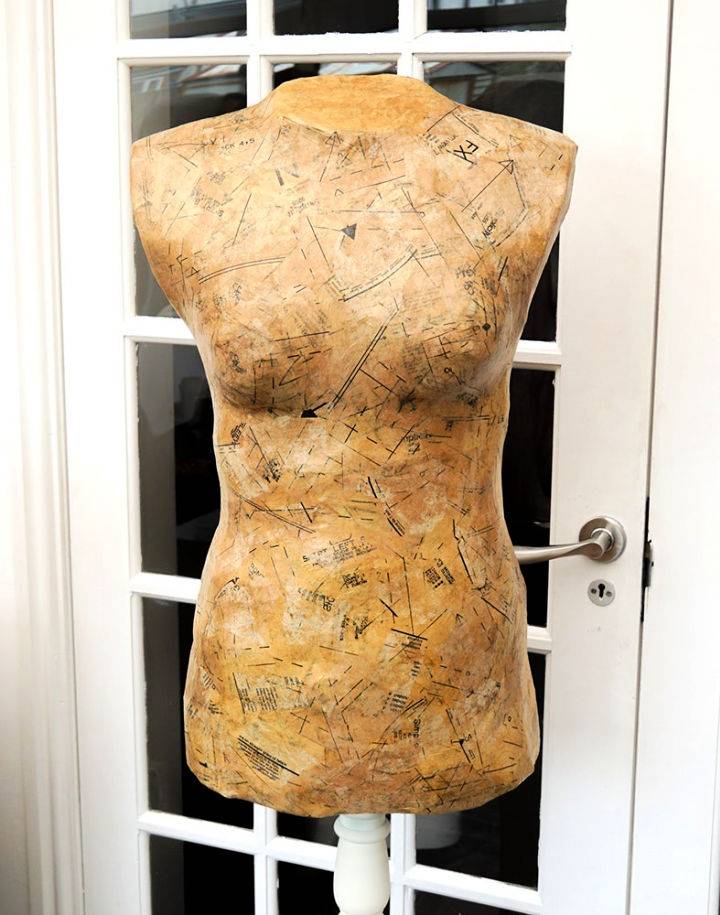
Making your own custom dress form can elevate your dressmaking skills and simplify the fitting process. Instructables offers an in-depth guide to crafting a DIY decoupaged dress form that is both cost-effective and tailored to your measurements. Essential items for this project include duct tape, cardboard, an old t-shirt, stuffing, and a stand, among others.
With helpful step-by-step instructions, you'll learn how to tape your body shape, reinforce the structure, stuff the form firmly, and finally, decoupage for a unique, durable finish. This guide is perfect for anyone passionate about sewing, providing a hands-on approach to achieving a professional-level dressmaking aid at home.
2. Make Your Own Dress Form
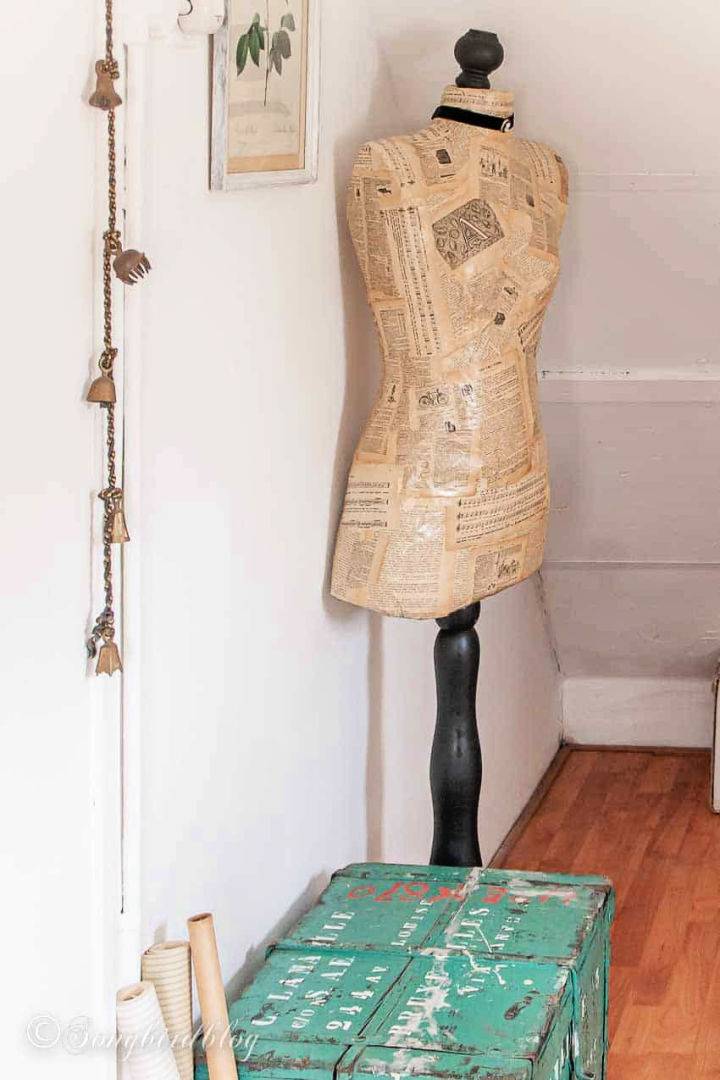
Making your own dress form is a highly practical and rewarding DIY project for sewing enthusiasts. Marianne Songbird's tutorial at Songbird guides you through a five-step process to craft a personalized mannequin. Using materials like duct tape and a lamp stand, you can construct a durable and custom-fit form.
Perfect for tailoring to unique body shapes, this method simplifies garment making. By decoupaging with vintage paper, you also add a creative and stylish touch. Follow these clear, engaging instructions to fashion a useful sewing companion that matches your measurements and aesthetic preferences.
3. Make Your Own Fit Dress Form
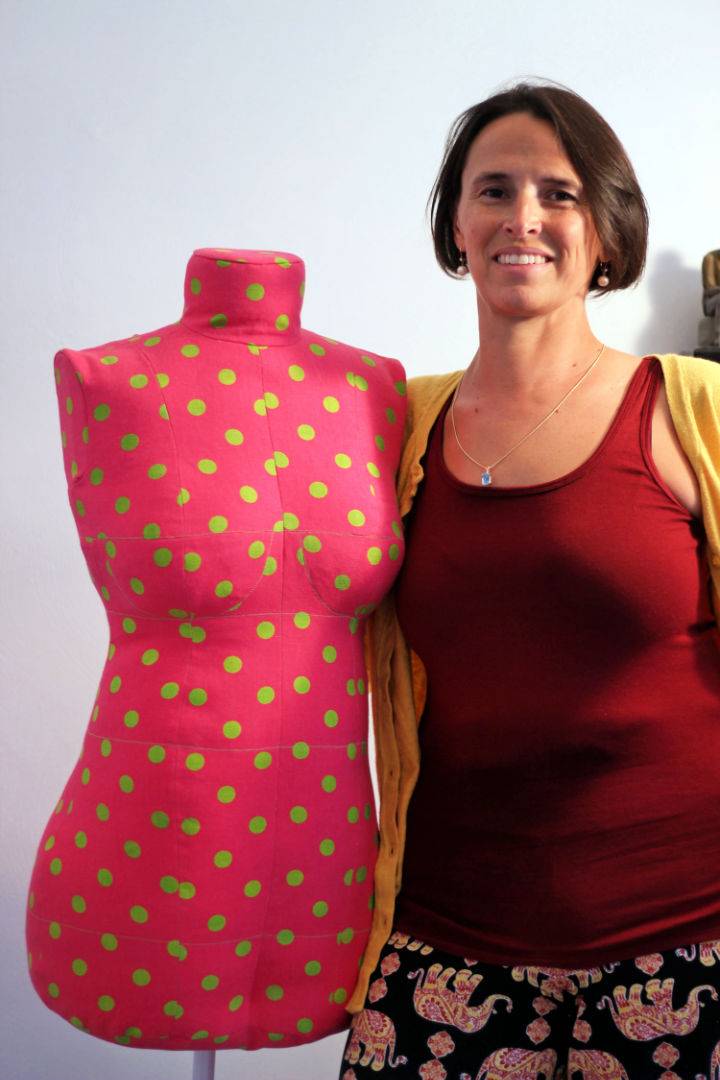
Making a custom dressform that precisely matches your body shape just got easier with Bootstrap Fashion's DIY solution, as highlighted by Pattern Revolution. Tailor-made for sewers facing the challenge of non-average body types, this innovative pattern allows for a personal dressform that mirrors your exact measurements.
The process involves answering detailed questions about your body and using a pattern crafted by cutting-edge technology. The end result is a practical sewing companion that helps avoid fitting frustrations and simplifies pattern adjustments. If you're in need of a fitting partner to streamline your sewing projects, a custom dressform could be the game-changer you need.
4. DIY Fabric Covered Dress Form
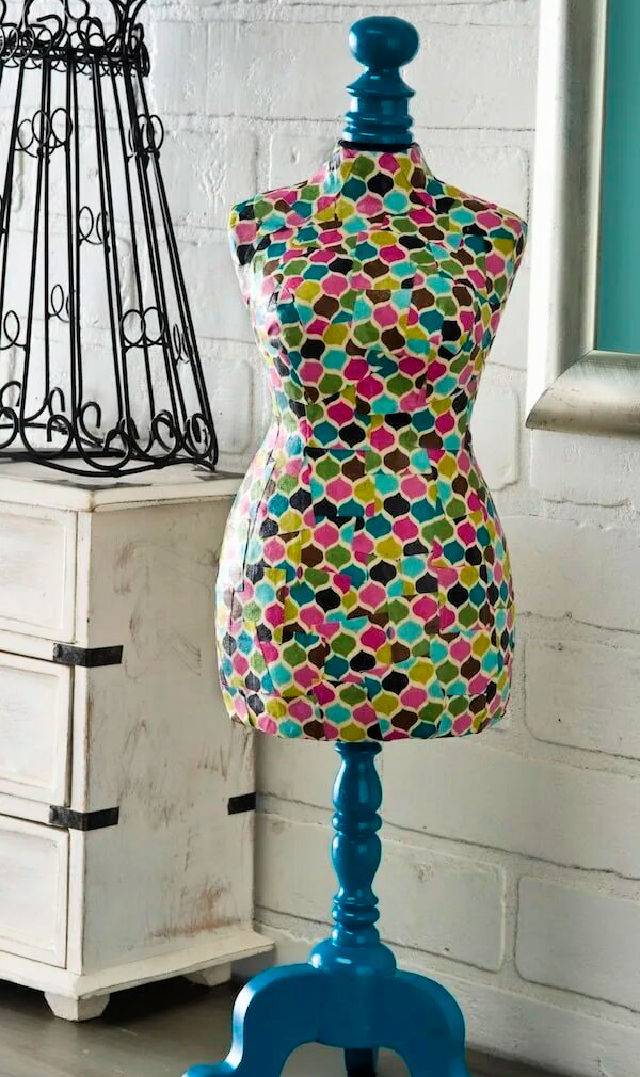
Transform your home decor with a custom, fabric-covered DIY dress form that doubles as a stunning display piece. Ideal for showcasing jewelry or adding a creative touch to your space, this project from Mod Podge Rocks is both fun and achievable. To start, select a dress form, your favorite fabric pattern, Mod Podge Satin, and some basic craft tools. Begin by spray painting the base of the form for a polished look.
Prepare your fabric by coating it with Mod Podge on wax paper to prevent fraying, then cut the fabric into many pieces. Adhere the pieces onto the form with Mod Podge, smoothing them out as you go, and build darts for a better fit around curves. Let it dry and apply a top coat for a lasting finish. With these simple steps, you'll have an eye-catching piece that's sure to spark conversations and inspire your next craft project.
5. DIY Dress Form for Sewing
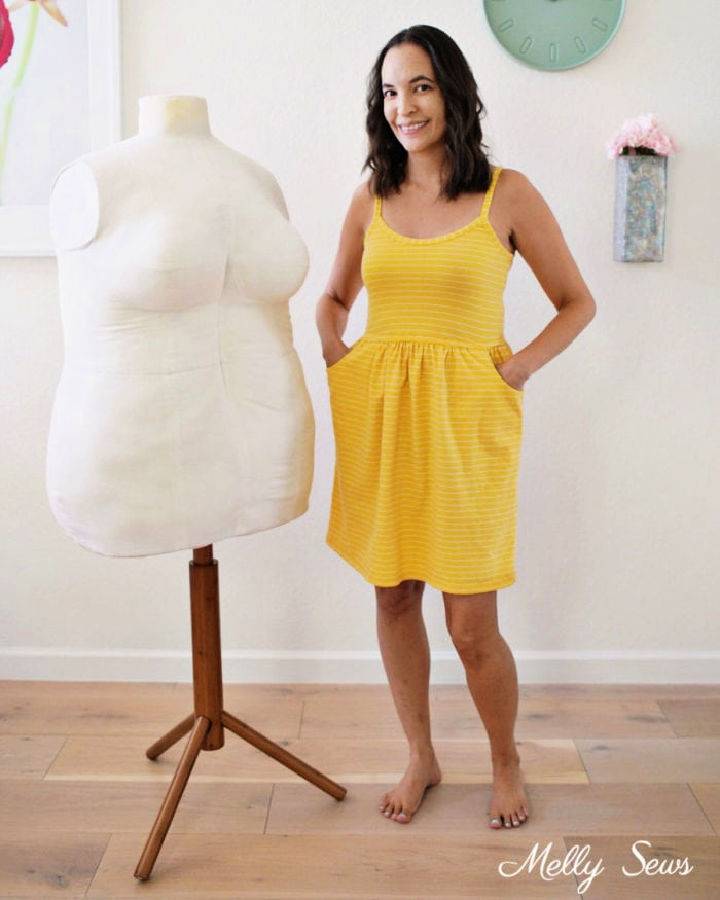
Looking for a custom-fit dress form for sewing projects? Melly Sews offers an insightful guide on the importance of dress forms in sewing, how to choose one, and the steps to making your own DIY plus-size dress form. If your body doesn't conform to standard sizes, making your own dress form can be a game-changer for garment fitting.
Learn to construct a form that mirrors your measurements, providing a precise model for draping, pinning, and perfecting your designs. Discover the recommended materials and get a clear breakdown of costs. The guide empowers you to enhance your sewing experience with a form that truly fits, paving the way for beautifully tailored creations.
6. DIY Baby Toddler Mannequin
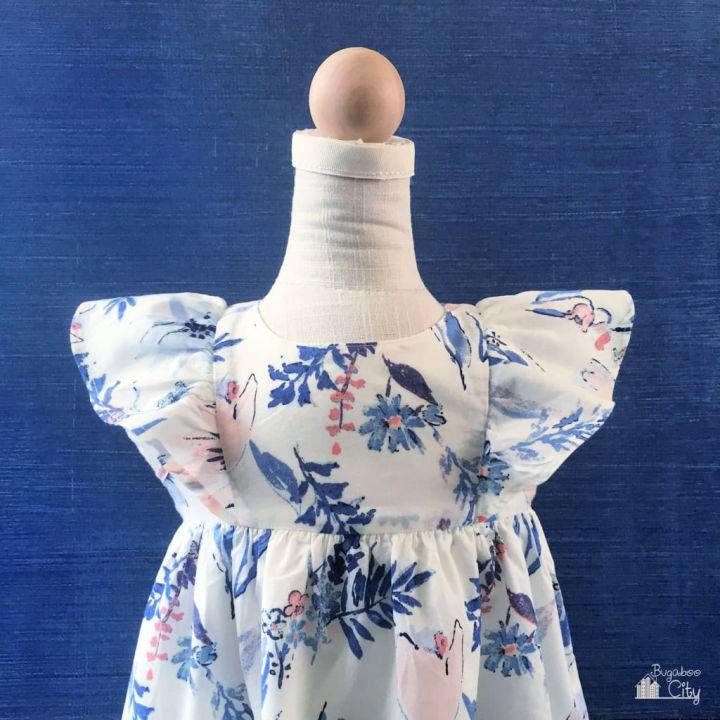
Making your own baby or toddler mannequin is a rewarding DIY project, and Crafting Cheerfully provides a detailed tutorial to guide you through each step. From selecting the right onesie size to meticulously stuffing and finishing your mannequin, this guide offers practical advice and helpful tips to ensure a successful outcome.
With patience and the provided instructions, you can craft a custom mannequin that is perfect for photographing children's clothing or for your personal sewing projects. This cost-effective solution is ideal for crafters who need a specialized mannequin without the high expense of store-bought options. Get ready to enhance your crafting capabilities with your very own DIY mannequin.
7. How to Make a Dress Form
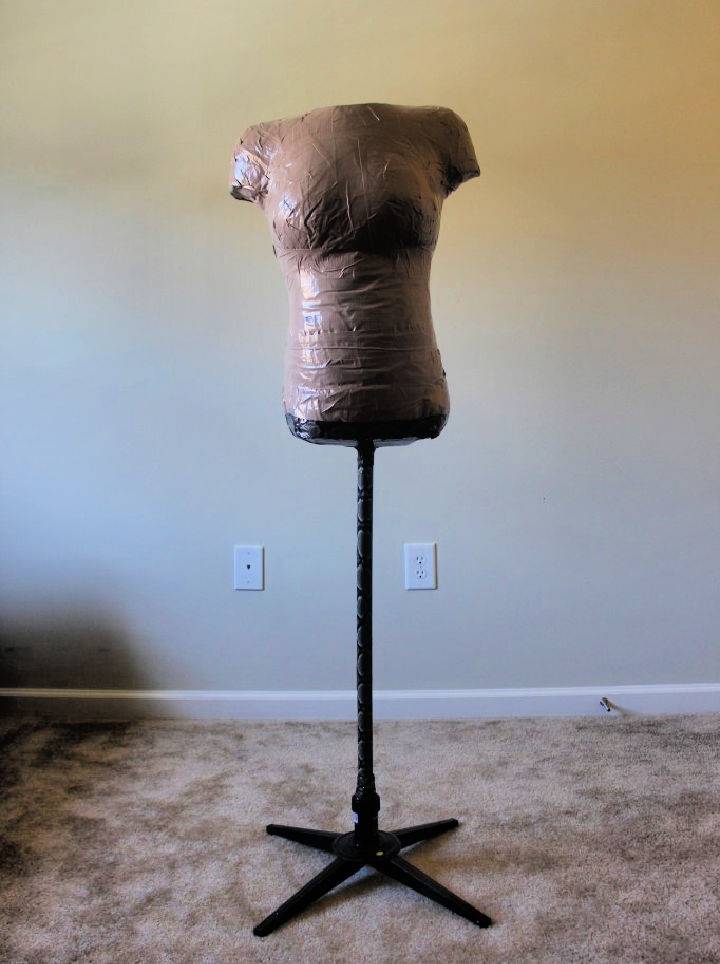
Making your own dress form can be an ingenious way to save money while getting a custom fit for your sewing projects. Maria Antoinette shares an informative and engaging guide on making a DIY dress form using affordable materials like duct tape, batting, and PVC pipe. This project is not only cost-effective, with a total expense of around $50, but it also results in a personalized mannequin that mirrors your exact measurements.
The step-by-step instructions are clear and easy to follow, requiring just an extra pair of hands and some patience. From selecting the right T-shirt to using expanding foam for stability, each stage is carefully detailed, ensuring that you can replicate the process with confidence. By the end of this creative endeavor, you'll have a bespoke dress form that's perfect for honing your garment-making skills. Visit the Maria Antoinette for the full tutorial and make dressmaking a more tailored experience.
8. How to Sew a Dress Form
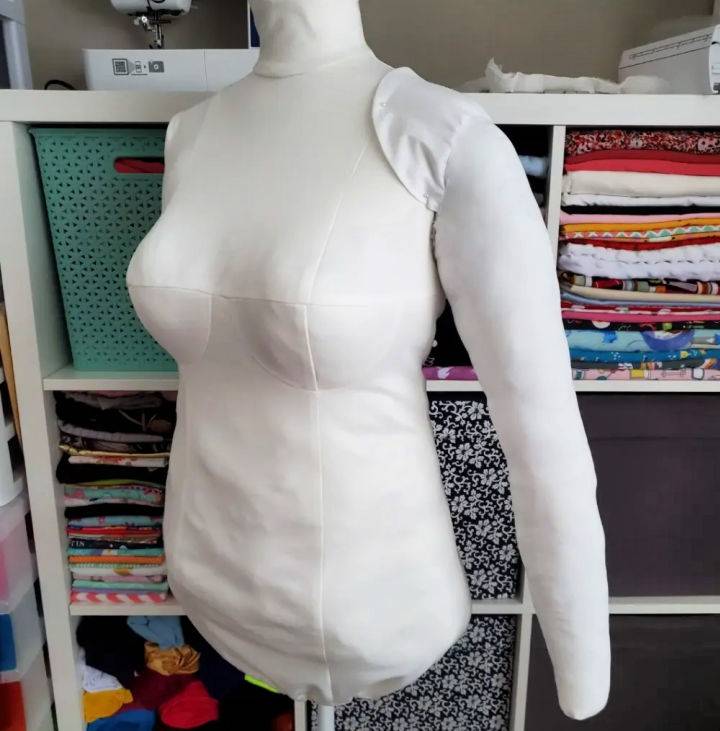
If you're grappling with fitting issues due to a mismatched dress form, making a custom DIY dress form might just be the solution you need. Sewing Machine Fun offers a comprehensive tutorial on making your own dress form using Bootstrap Fashion's custom patterns. You'll learn how to accurately take measurements, choose the right materials, and assemble your very own form, tailored to your body's unique dimensions.
Not only does this guide streamline the process, but it also gives you the freedom to design and alter your sewing projects with confidence. Crafting a dress form at home saves you the hassle of commercial products and is a practical addition to any sewing space. Follow these steps, and you'll have a dress form that truly represents your body, helping you to achieve professional-level tailoring on your handmade garments.
9. DIY Dress Form With a Linen Curtain
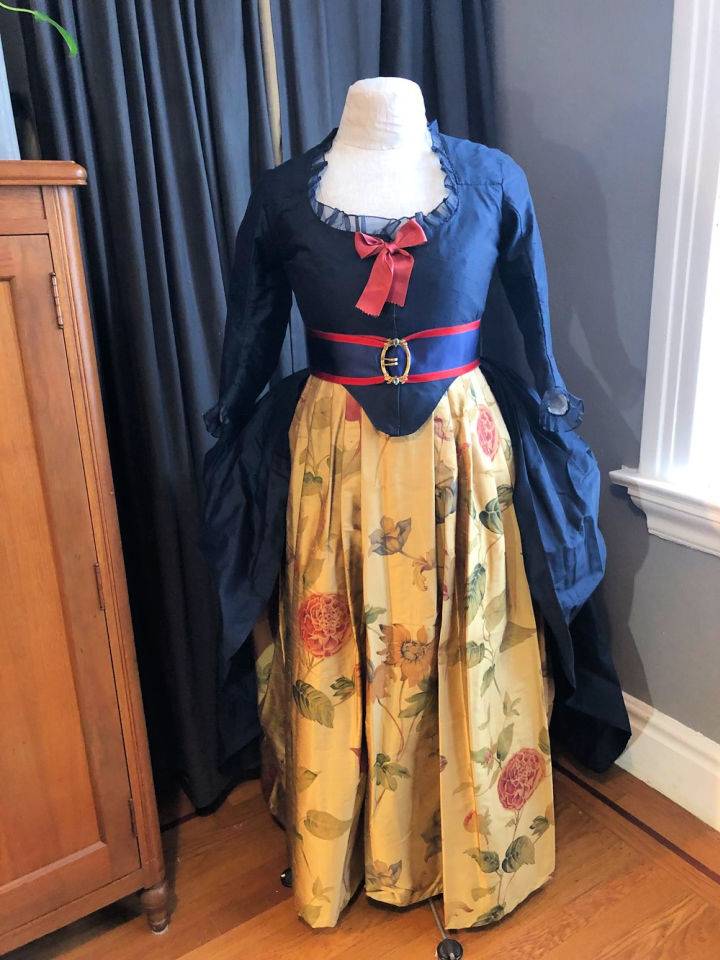
For sewing aficionados eager to personalize their tools, The Sewing Room blog offers a detailed and accessible guide to revamping a Uniquely You Dress Form. With an instructive tone, the blog takes you through the steps of re-covering the form using a thrifted linen curtain, enhancing its functionality and aesthetic appeal.
Readers can learn how to modify the cover for a custom fit and navigate the nuances of hand basting versus machine basting. By the end, the form not only fits better but also becomes a unique and stylish addition to your sewing space. Perfect for those looking to refine their sewing setup, the blog is a handy resource for practical and creative sewing projects.
10. Easy DIY Personal Dress Form
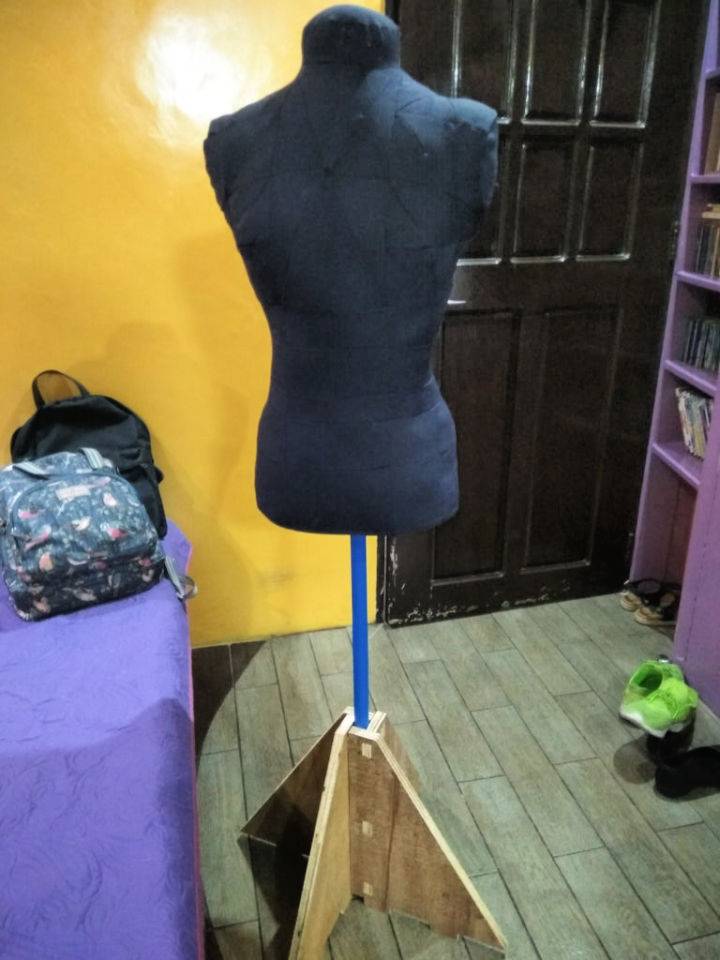
Making your own DIY Personal Dress Form is an invaluable step for anyone who loves to tailor their own clothing but struggles with fit and design. Instructables guides you through the process with clear, step-by-step instructions that demystify the creation of a customized dress form.
This DIY approach is cost-effective and ensures that the end product contours to your unique body shape, which is crucial for precise pattern making and draping. Patience and a moderate familiarity with sewing are the main prerequisites for this project. Armed with materials like duct tape, fabric, and stuffing, you'll craft a tool tailored to your sewing needs, making homemade fashion projects more accurate and enjoyable.
11. How to Make Dress Form Out of Duct Tape
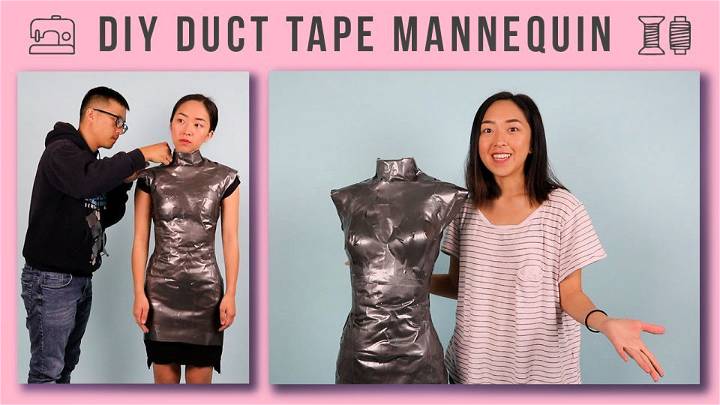
Making a custom dress form doesn't have to break the bank, and YouTube provides a helpful video guide that demonstrates a DIY approach using duct tape. For those involved in sewing and fashion design, a mannequin tailored to personal measurements is invaluable. With a few affordable materials like duct tape, lamp stand, cardboard, and some helping hands, you can craft your own mannequin for under $20.
The video details each step, from wrapping the duct tape to stuffing and finalizing the form. This solution is perfect for visualizing designs and fitting garments without the hefty price tag of a professional dress form. Dive into the creative process and fashion your bespoke dress form with this engaging and informative tutorial.
12. Ultimate DIY Dress Form
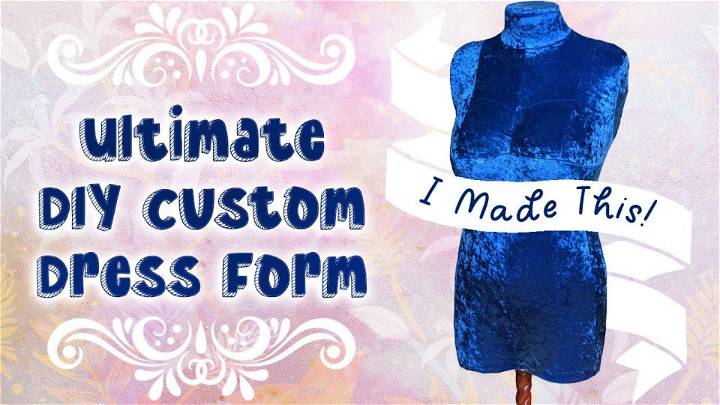
Finding a dress form that mirrors your unique body shape can be a challenge. The video from Atheeni Makes Stuff on YouTube steps you through the process of making a DIY dress form that offers a custom fit, tailored to your measurements. The tutorial showcases how to use 3D scanning technology and a range of software like Polycam, MeshMixer, and Blender to capture your body's dimensions accurately.
This approach surpasses traditional methods like duct tape forms by leveraging advanced 3D modeling to ensure a precise representation of your physique. The result is a dress form ideal for draping and custom pattern drafting, empowering you to craft garments with an impeccable fit. If you've been on the hunt for a dress form that truly conforms to your contours, this resourceful guide might be exactly what you need.
13. Custom DIY Dress Form
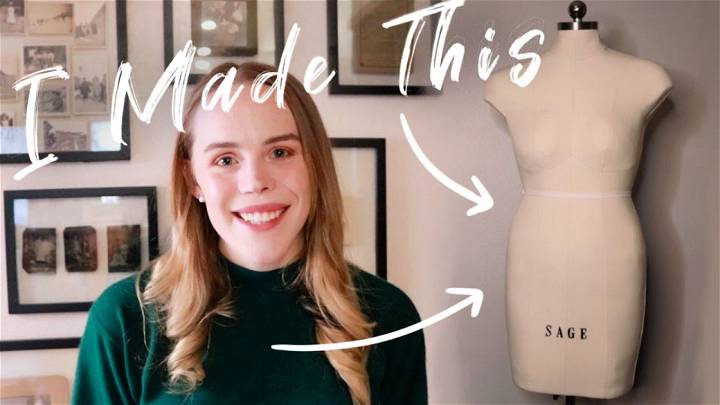
Making a custom dress form tailored to your exact measurements can be an invaluable tool for personal tailoring and fashion design. YouTube's "Making a Custom Dress Form" video condenses a month-long project into a 20-minute tutorial, perfect for those who seek a professional-grade mannequin without the hefty price tag. The video showcases the process from casting the torso and pouring foam, to demolding and applying a durable rubber exterior.
Additionally, it guides viewers through crafting the batting and the outer cover, ensuring the form is fully pinnable and practical for dressmaking. With clear instructions and helpful tips, this engaging video is ideal for anyone aiming to build a bespoke dress form at home. Whether for costume design, alterations, or garment construction, the insights offered here can significantly enhance your crafting capabilities.
14. Make a Dress Form Using Your Measurement
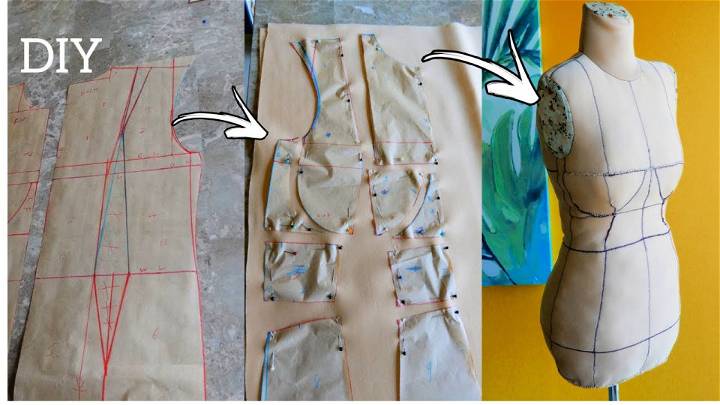
In the informative YouTube video "How-To: DIY Pattern Making For A Custom Dress Form Using Your Measurement" by Style by Viv, viewers are guided through the precise process of making a custom dress form. Tailored to one's unique measurements, this tutorial provides a step-by-step approach to drafting a pattern that can be used to construct a personalized mannequin.
This is particularly useful for sewing enthusiasts who need a dress form that matches their specific body shape for more accurate fitting of garments. With clear instructions and practical tips, the video empowers sewists to craft a valuable tool that enhances the garment-making experience. Whether sewing for personal use or professional projects, mastering the skill of DIY pattern making for a dress form is a game changer for achieving the perfect fit.
15. How to Make Your Own Dress Form
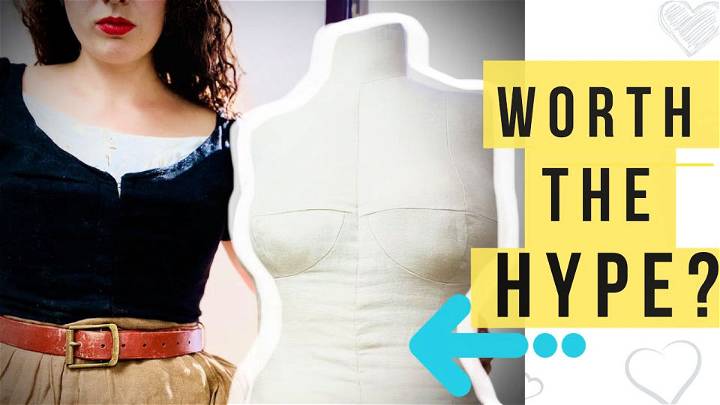
Are you contemplating crafting your own dress form? YouTube offers an insightful video titled "I Made the Bootstrap Fashion DIY Dress Form: Is it Worth the Hype?" that delves into the intricacies of making a personalized dress form using the Bootstrap Fashion DIY pattern. The presenter shares her firsthand experience, detailing the process from obtaining the pattern to the final touches.
This video serves as a practical guide, complete with time stamps for each step, making it an invaluable resource for those interested in custom dress form creation. With tips on handling pattern hiccups, fabric choices, and assembly, it's a comprehensive look at whether the Bootstrap Fashion DIY dress form lives up to its reputation. Check it out on YouTube for a thorough exploration of this DIY sewing project.
16. DIY Mini Dress Form
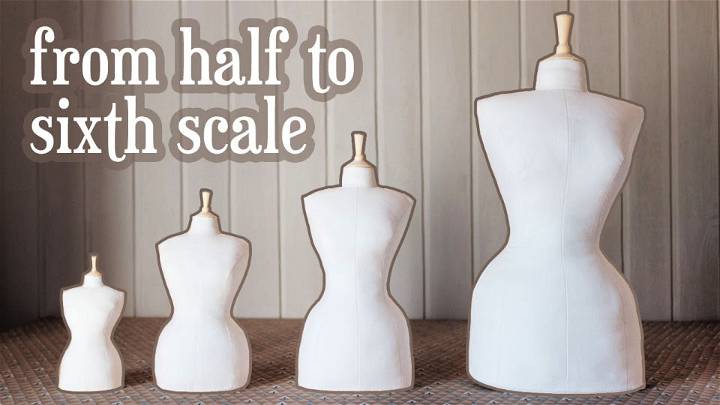
Making a mini dress form can be an incredibly rewarding DIY project, especially for those passionate about fashion design or sewing. Ninonella's YouTube tutorial provides an insightful step-by-step guide to crafting your own mini dress forms at various scales, including half, quarter, and even smaller sizes. This allows designers to experiment with patterns and designs without the need for large amounts of fabric.
The process involves downloading a pattern, cutting and sewing fabric pieces, and assembling a stand if needed. Perfect for trying out new ideas or working with limited materials, making a mini dress form is a practical solution for both design testing and showcasing your work. With Ninonella's clear instructions and helpful tips, you'll be able to build a beautiful and functional dress form that suits your creative needs.
17. Building a Dress Form
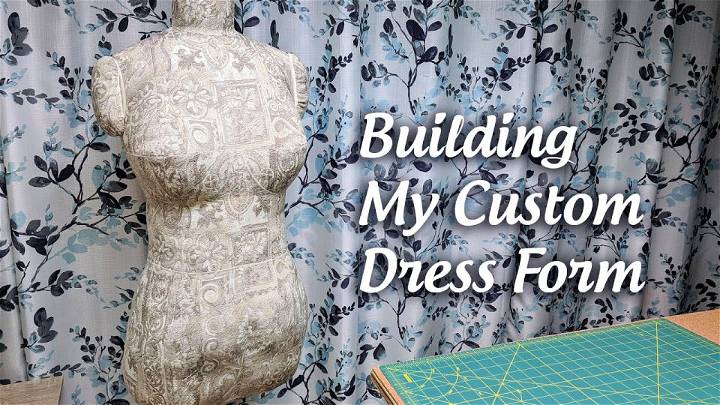
Making a custom dress form tailored to your unique measurements can be an enlightening project for any dressmaker. YouTube offers a comprehensive video guide on constructing a Bootstrap Fashion DIY Dress Form, which might be an intriguing watch for those who enjoy personalized dressmaking. Valerie Meachum, the creator of the video, shares her journey of assembling her dress form, complete with bespoke adjustments that she incorporates along the way.
Her approachable and informative narration can provide valuable insights into the construction process, and her practical tips may help you navigate the complexities of this DIY endeavor. For those interested in tailoring or looking to upgrade their sewing projects, exploring this video could offer an enriching learning experience, equipping you with the knowledge to craft a dress form that mirrors your body's dimensions and contours.
18. How to Sew a Dress Form
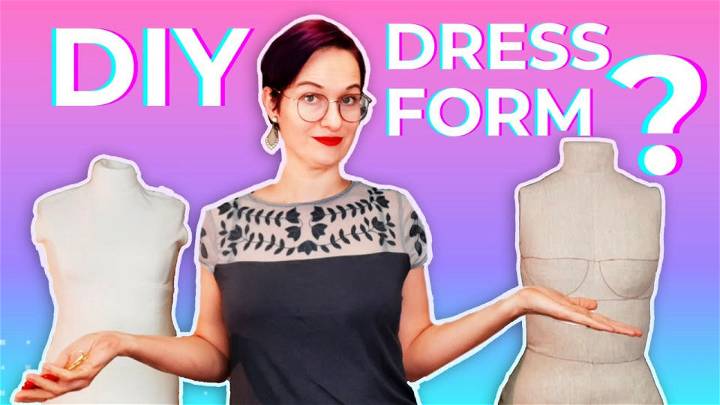
Making your own dress form can be an incredibly useful project for any sewing enthusiast, allowing for precise fitting and customization that store-bought mannequins often lack. The video guide from Melli's Art + Crafts on YouTube offers a practical and budget-friendly method for crafting a DIY dress form that mirrors your unique body shape. Utilizing Bootstrap patterns, the tutorial takes viewers step by step through the process, from selecting the right materials to assembling the finished product.
The informative content is ideal for those wanting to refine their sewing setup with a tailor-made dress form. Melli's guidance is presented in an easy-to-follow manner, making the complex task of making a personalized mannequin approachable and achievable. By visiting the provided link, you can start this rewarding sewing project, ensuring your garments perfectly every time.
19. Missy Fit DIY Stuffed Dress Form
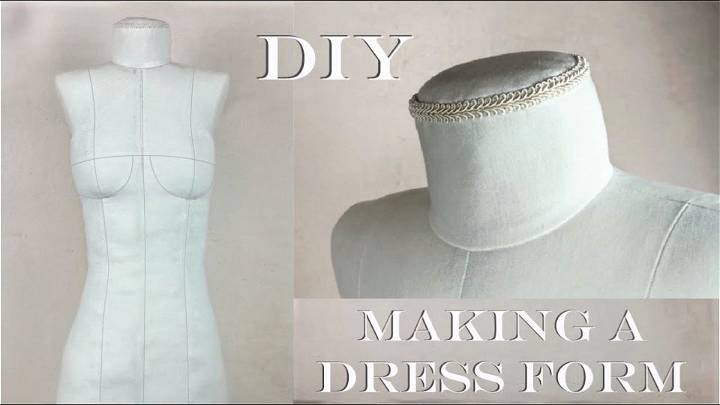
For sewing enthusiasts aiming to build a custom-fit dress form, the tutorial video by Christin Grace on YouTube offers an instructive and engaging guide. By using a pattern from BootstrapFashion, viewers can learn to craft a dress form that matches their exact measurements. The process is detailed and broken down into manageable steps, making it easier to follow.
With a focus on practical tips and helpful advice, the video ensures that viewers have the tools they need to achieve a successful outcome. Ideal for those who want to enhance their sewing projects with a personalized dress form, the content is relevant and designed to assist in honing one's sewing skills. Visit YouTube and search for Christin Grace's DIY Dress Form tutorial to get started on this useful sewing project.
20. Make a Dress Form Without Duct Tape
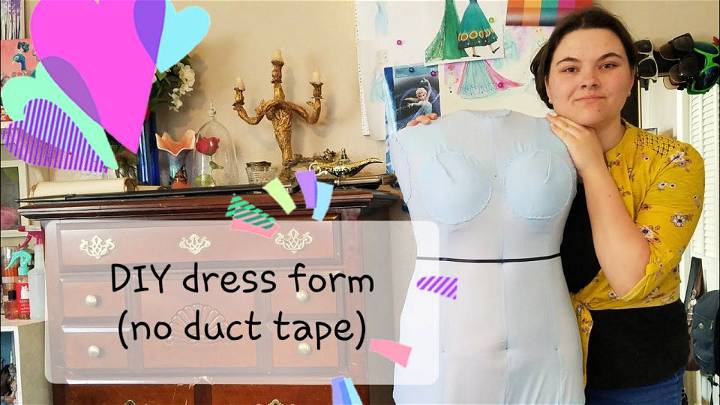
Making your own dress form can be an incredibly useful tool for personalized garment making, and the YouTube channel Marabelle Designs offers a clear and creative tutorial on crafting a custom dress form without relying on duct tape. Their approach involves using easily accessible materials such as a metal vintage dress stand, plaster, fleece, and stuffing, ensuring that the final product is both affordable and durable.
By following the steps outlined in the video, you'll learn how to size the dress form to your specific measurements, apply a plaster layer for stability, and add padding for an accurate body shape. The addition of a tailored fabric cover gives the dress form a professional finish. The detailed guidance provided in the video supports you in building a high-quality, custom-fit dress form, perfect for advancing your sewing projects to the next level.
Conclusion:
In conclusion, making a custom dress form using 20 easy DIY dress form patterns can be an incredibly rewarding project. This guide has equipped you with the knowledge on how to make a custom dress form, from getting started, selecting your materials, to the final steps of assembly.
Whether it's adapting to your specific measurements, adjusting for weight changes, or ensuring it's pinnable, these insights ensure your journey towards a personalized dress form is both successful and enjoyable. With dedication and the right resources, your DIY dress form can achieve professional-level accuracy without breaking the bank. Start your DIY project today and tailor your creations to perfection with your very own custom dress form.



